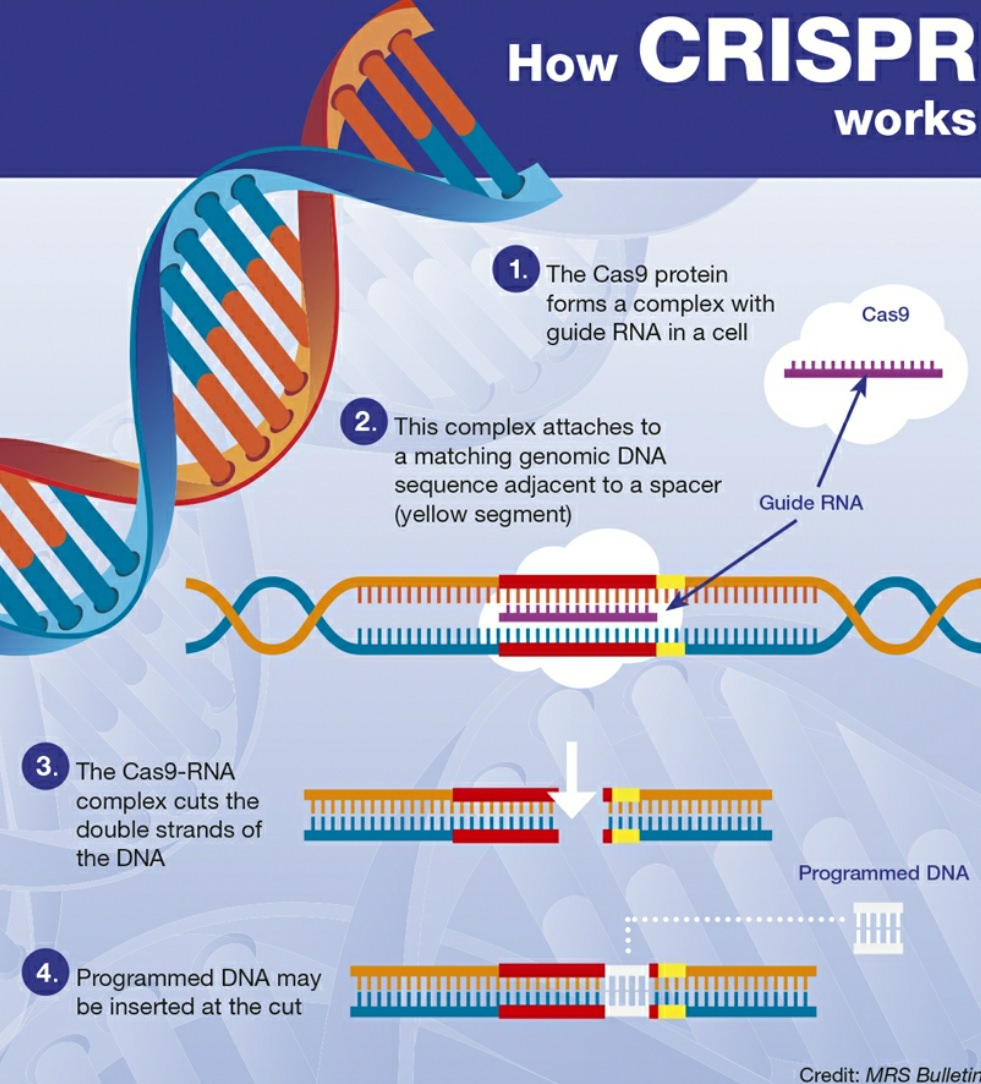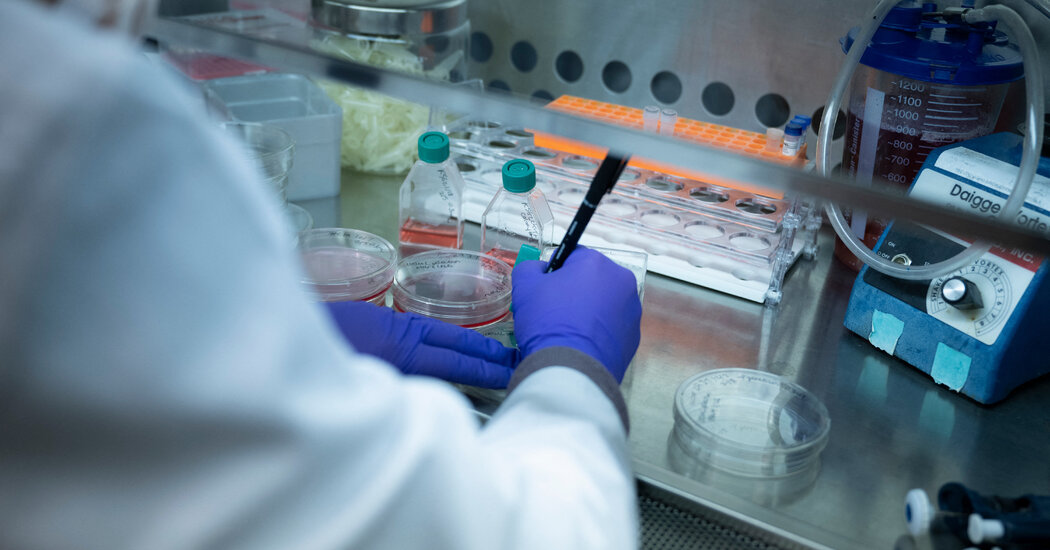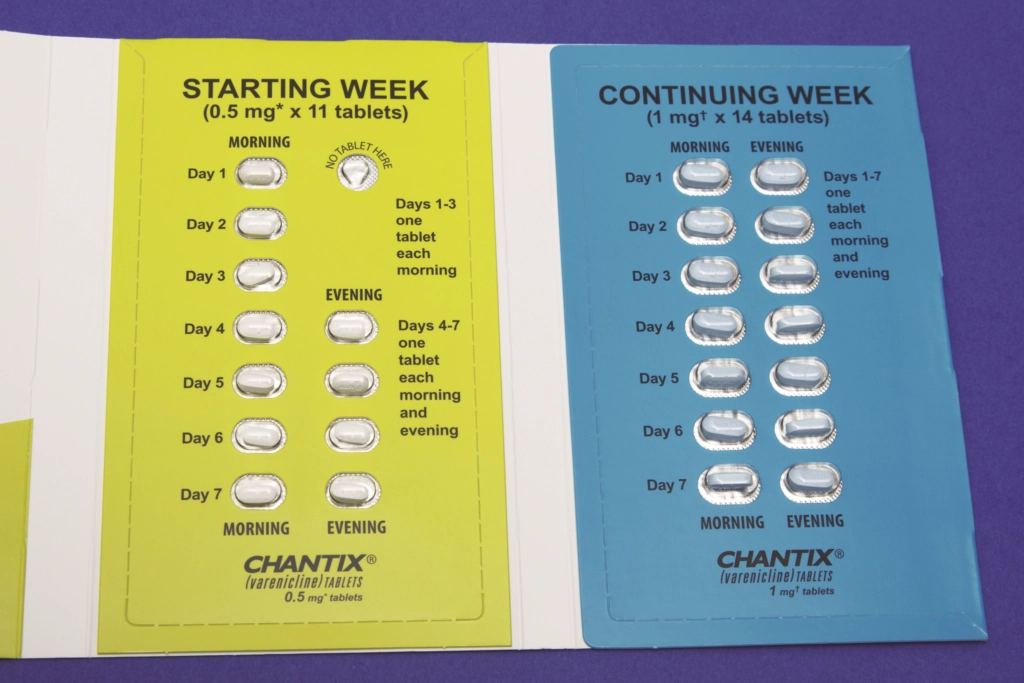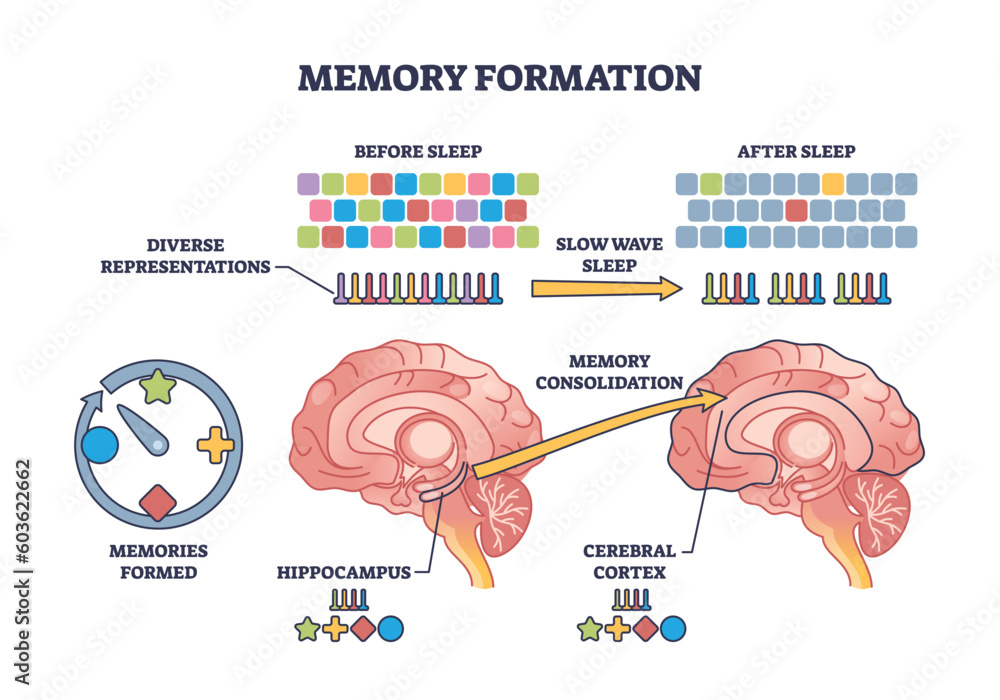Gene editing technology is revolutionizing the landscape of medicine by providing unprecedented tools to manipulate genetic code with precision. This cutting-edge field includes innovative techniques like base editing and prime editing, which build upon the earlier CRISPR technology, allowing scientists to rectify mutations that lead to various genetic diseases. As clinical trials are already underway, researchers are excited about the promise of these technologies to transform lives, potentially offering cures where conventional treatments have failed. Remarkably, patients like Alyssa Tapley have benefited from such groundbreaking advancements, showcasing the capacity of gene editing to rewrite genetic destinies. As we dive deeper into the implications of this technology, the potential to eradicate heritable diseases and enhance medical care continues to grow, signaling a remarkable era in genetic research.
The advancements in genetic modification techniques present a new frontier in healthcare, often referred to as gene editing methodologies. Techniques such as genome editing and genetic engineering utilize tools like CRISPR and its derivatives, which enable researchers to make highly targeted changes to DNA sequences. These innovations not only aim to correct genetic anomalies but also aspire to eliminate hereditary conditions entirely. The ongoing research and various clinical trials aim to evaluate the efficacy of these advanced editing methods in treating serious ailments. As such, we stand on the brink of a new age, where the ability to fine-tune genetics could redefine our approach to health and disease management.
The Breakthrough of Gene Editing Technology
Gene editing technology has revolutionized the field of genetics, transforming how scientists approach genetic disorders and diseases. At the forefront of this revolution is David Liu’s pioneering work in base editing, which allows researchers to make precise changes to the genetic code without the risks associated with traditional methods like CRISPR-Cas9. By focusing on the individual nucleotide bases—adenine, cytosine, guanine, and thymine—base editing opens a new horizon for treating genetic diseases that were previously considered untouchable.
In 2022, the success of a clinical trial utilizing base editing marked a turning point for treatments of diseases such as T-cell leukemia, showcasing the promise of gene editing technology as a lifeline for patients. The ability to correct mutations at such a granular level sets base editing apart from traditional gene-editing techniques, suggesting not just potential cures but also a redefinition of what is possible in personalized medicine.
Base Editing vs. Traditional CRISPR Technology
While CRISPR technology has long been hailed as a groundbreaking tool for gene editing, its limitations often take center stage in discussions of genetic therapies. Traditional CRISPR works by cutting through the DNA to introduce changes, which can lead to unintended consequences such as off-target effects or unwanted mutations. In contrast, base editing simplifies this process by targeting specific nucleotide changes without causing double-strand breaks, allowing for safer and more precise corrections of mutations linked to genetic diseases.
Liu’s introduction of base editing represents a significant advancement in genetic research that not only improves efficacy but also increases safety in gene therapies. With ongoing clinical trials investigating the application of base editing, researchers are now better equipped to tackle the nuances of genetic diseases. This evolution from the brute force approach of CRISPR-Cas9 to the finesse of base editing ultimately enhances the integrity of gene editing interventions.
The Role of Clinical Trials in Advancing Gene Editing
Clinical trials play a crucial role in the advancement and acceptance of innovative gene editing technologies. As demonstrated by the impactful success stories stemming from recent trials using base editing, the transition from laboratory research to clinical application can lead to transformative outcomes for patients with previously untreatable genetic disorders like T-cell leukemia. These trials not only validate the safety and efficacy of new therapies but also build public trust in cutting-edge biomedical research.
Furthermore, the ongoing clinical trials of prime editing, another technique developed by Liu’s team, highlight the commitment to thoroughly investigate and optimize gene editing methods. By exploring a broader range of genetic abnormalities that can’t be addressed by base editing alone, researchers aim to cement the role of gene editing technology as a cornerstone of modern medicine in combating genetic diseases.
The Promise of Prime Editing
Prime editing is a novel technique that extends the capabilities of gene editing beyond what base editing can achieve. By enabling precise alterations of DNA sequences, prime editing provides the flexibility needed to address a wide variety of genetic mutations, including those that involve adding or deleting segments of DNA. This technology acts akin to a word processor, allowing scientists to not only identify errors in the genetic code but also to correct them with remarkable accuracy.
As research continues into the applications of prime editing, the hope is to broaden the spectrum of treatable conditions and further bridge the gap between basic science and practical medical interventions. With the potential to eradicate some of the most challenging genetic diseases, prime editing stands as a beacon of hope for patients and families alike, proving that the future of genetics is bright, driven by constant innovation and the pursuit of knowledge.
Understanding Genetic Diseases Through Basic Science
Basic science serves as the bedrock of our understanding of genetic diseases, paving the way for revolutionary gene editing technologies. The journey of discovery often begins with observing phenomena in nature—like the structure and function of CRISPR in bacterial immunity—that provoke curiosity and ignite further research. Liu’s work underscores how foundational knowledge can lead to practical applications that change lives, as seen in the ongoing fight against genetic disorders.
Research from the early days of CRISPR revealed the intricacies of bacterial defenses, which, unbeknownst to many at the time, would eventually inform the cutting-edge genome editing technologies we rely on today. This interplay between exploration and application emphasizes the importance of funding and supporting scientific inquiry, as understanding the complexities of genetic material leads to innovations that help heal and improve human health.
The Implications of New Gene Editing Techniques
The advent of new gene editing techniques, including base editing and prime editing, carries profound implications for the future of medicine and our approach to treatment. For instance, the ability to rectify single-point mutations offers the potential to eliminate the root causes of numerous genetic disorders, shifting the landscape from reactive treatments to proactive resolutions. This paradigm shift could significantly reduce the long-term healthcare costs associated with managing chronic genetic conditions.
However, with great advancements come equally great responsibilities. As Liu and his colleagues utilize these technologies to reshape the genetic landscape, the ethical considerations related to gene editing cannot be overlooked. Scientists and policymakers must navigate the social, ethical, and legal implications of these advancements to ensure they lead to equitable and just outcomes for all patients.
The Future of Gene Editing Research
As we look ahead, the future of gene editing research is poised for unprecedented growth and innovation. The advancements seen in base editing and prime editing signal just the beginning of what could be achieved in the field of genetics. Researchers are urged to continue pushing the boundaries of what is possible while maintaining a strong ethical framework to govern their work. The exploration of new methodologies and technologies is essential for tackling the most complex genetic diseases that remain unresolved.
Moreover, collaboration between academic institutions, government agencies, and private sector partners will be crucial in fostering an environment ripe for innovation. As emerging scientists are mentored and inspired by groundbreaking work, the next generation will be equipped to advance the field of gene editing even further, translating research breakthroughs into tangible therapies that can enhance the quality of life for those with genetic disorders.
Building Public Trust in Gene Editing
Building public trust in gene editing technologies is essential for their successful integration into healthcare. As stories of patients like Alyssa Tapley surface, the tangible benefits of these sophisticated methodologies become more apparent. Transparency about the research and development processes, alongside strong regulatory oversight, is vital to alleviating public concerns regarding the safety and efficacy of new gene therapies.
Moreover, community outreach and education are paramount in demystifying gene editing technologies. By providing accessible information and engaging discussions around the ethical implications and societal impacts of genetic editing, researchers can foster informed dialogues that enhance public understanding and acceptance. Public trust will ultimately drive the successful implementation of gene editing in clinical practice, advancing our fight against genetic diseases.
Regulatory Challenges in Gene Editing Technologies
As gene editing technologies evolve, regulatory challenges will inevitably arise. Agencies must grapple with how to create frameworks that effectively evaluate the safety and efficacy of innovative treatments without stifling progress. Establishing regulations that adapt to the complexities of technologies like base editing and prime editing is essential to ensure the swift but safe application of these advancements in the clinical setting.
Collaboration among regulatory bodies, researchers, and industry leaders can help create a balanced approach to governance, emphasizing both innovation and patient safety. By addressing these challenges head-on, we can pave the way for more effective gene editing technologies, fostering a healthcare landscape that prioritizes well-being while embracing scientific advancements.
Frequently Asked Questions
What is gene editing technology and how does it work?
Gene editing technology refers to methods used to alter the DNA of organisms. It encompasses techniques like CRISPR technology, base editing, and prime editing, allowing scientists to make precise changes to genetic sequences. These methods are pivotal in research and treatment of genetic diseases, enabling repairs of faulty genes at the molecular level.
How does base editing differ from traditional CRISPR technology?
Base editing is a novel gene editing technology that allows for direct, precise changes to individual DNA bases without cutting the entire double helix, unlike traditional CRISPR technology. This method simplifies the correction of specific mutations that cause genetic diseases, leading to safer and more effective therapeutic options.
What role does gene editing technology play in treating genetic diseases?
Gene editing technology is revolutionizing the treatment of genetic diseases by providing novel solutions to correct mutations. Techniques such as base editing and prime editing enable targeted alterations to DNA, presenting possibilities for curing various hereditary conditions and improving patient outcomes.
What is the significance of clinical trials in the advancement of gene editing technologies?
Clinical trials are crucial for assessing the safety and effectiveness of gene editing technologies like base editing and prime editing. They provide the necessary data to evaluate these innovative therapies in real-world applications, paving the way for regulatory approval and widespread use in treating genetic diseases.
Can you explain how prime editing enhances gene editing technology?
Prime editing is an advanced gene editing technology that offers greater versatility than traditional methods. It acts like a sophisticated word processor for DNA, allowing researchers to make precise alterations to the genetic code, including single-letter substitutions and larger modifications, thus addressing a wider range of genetic diseases.
What are some potential risks associated with gene editing technology?
While gene editing technology holds great promise, potential risks include off-target effects, where unintended DNA changes might occur, and ethical concerns regarding genetic modifications in humans. Ensuring the safety and efficacy of tools like CRISPR technology, base editing, and prime editing is essential for responsible application in medicine.
How is gene editing technology being used in current research for genetic diseases?
Current research employing gene editing technology focuses on correcting mutations linked to genetic diseases. This includes applying base editing and prime editing in ongoing clinical trials, which are testing their effectiveness in treating conditions like hemophilia, sickle cell disease, and certain types of cancer, showcasing real-world applications.
What future developments are expected in gene editing technology?
Future developments in gene editing technology may involve improved precision and efficiency through enhanced techniques like prime editing and expanding applications to more complex genetic diseases. As research progresses, these technologies are expected to advance personalized medicine and offer tailor-made therapies based on individual genetic profiles.
How has gene editing technology impacted patient outcomes in recent clinical trials?
Recent clinical trials utilizing gene editing technology, particularly base editing and prime editing, have led to significant improvements in patient outcomes. Patients involved in these trials have shown remarkable responses, with some achieving symptom-free lives and FDA-regulated treatments becoming increasingly feasible as more data becomes available.
What ethical considerations surround the use of gene editing technology?
The use of gene editing technology raises several ethical considerations, including concerns about the long-term effects and potential for ‘designer babies.’ Ensuring responsible use, informed consent, and equitable access to these transformative therapies are essential in navigating the complex ethical landscape of gene editing.
| Key Points | Details |
|---|---|
| Alyssa Tapley’s Case | At 13, Tapley was treated with base editing for T-cell leukemia, leading to her recovery. |
| David Liu’s Contribution | David Liu is the key scientist behind base editing, improving disease treatment safety and effectiveness. |
| Gene Editing Technologies | Base editing targets specific DNA nucleotides, whereas prime editing allows for broader genetic corrections. |
| Clinical Applications | Currently, 18 clinical trials involve base or prime editing for various diseases. |
| Basic Science Importance | Basic science laid the groundwork for the development of CRISPR, which led to gene editing advancements. |
| Future Concerns | Liu expresses concerns about the impact of current government policies on young scientists. |
Summary
Gene editing technology is revolutionizing the treatment of genetic diseases, as exemplified by David Liu’s groundbreaking work in base editing. This innovative approach not only corrected mutations responsible for disorders like T-cell leukemia but also represents a future where genetic diseases may be managed more effectively. Liu’s commitment to advancing these technologies, while ensuring their safety, highlights the profound implications of this research. Through ongoing clinical trials and continuing exploration of genetics, the potential for transformative outcomes in healthcare is enormous.




